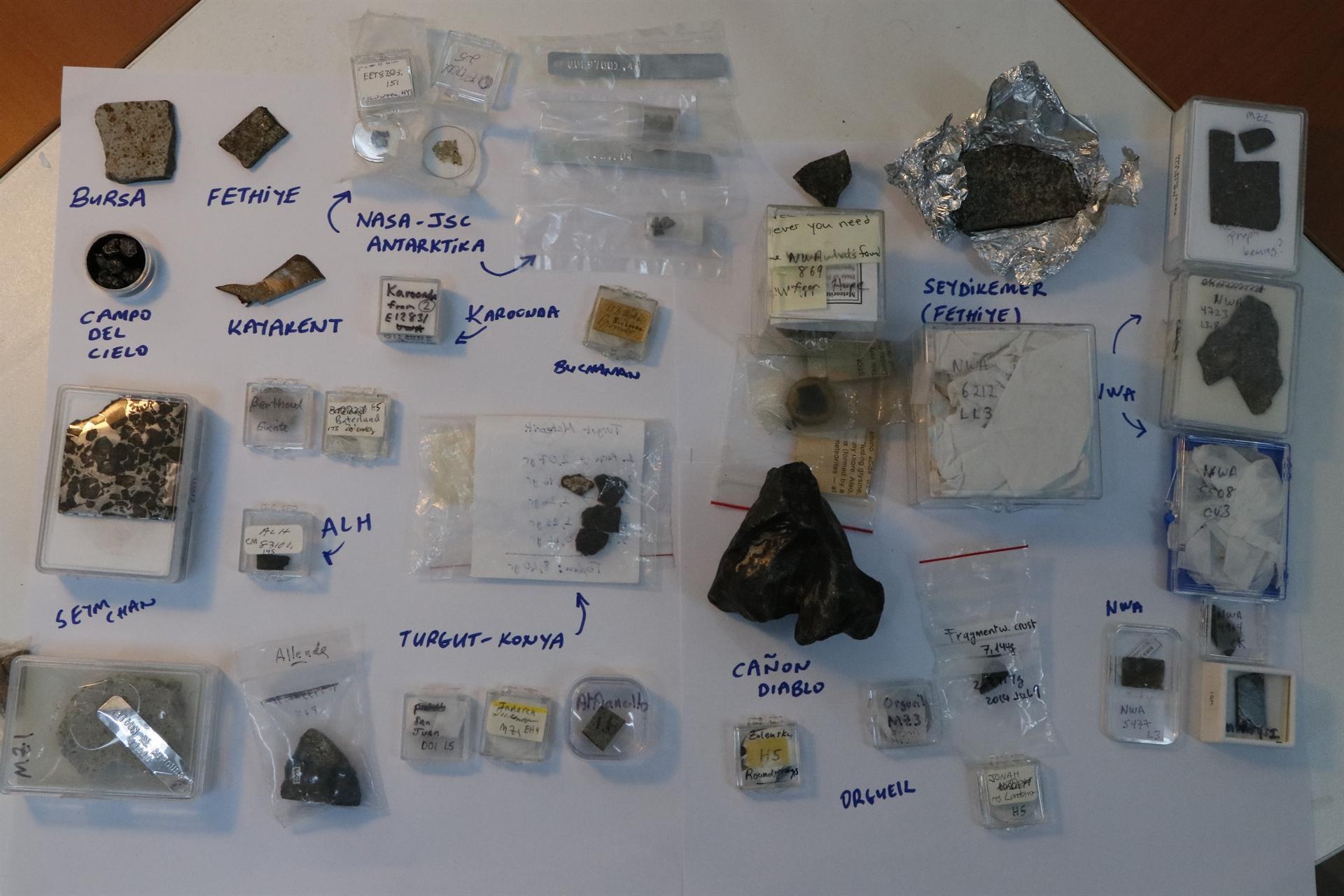
After the meteor that fell in the eastern province of Bingöl’s Sarıçiçek village in 2015, the number of people who are looking for meteorites on land has increased, according to Turkish Meteorite Pursuit System Project Executive Assistant Professor Ozan Ünsalan from the Ege University Physics Department.
Speaking to state-run Anadolu Agency, Ünsalan said the light reflection, which is colloquially known as a falling star that people wish on, was actually the fragmentation of a meteor in the atmosphere and the pieces falling to the earth were called meteorites.

He said it was very difficult to determine the places where the meteorites fell. The professor said they had examined the meteorites that had fallen to Bingöl’s Sarıçiçek village in 2015 with the National Aeronautics and Space Administration (NASA). The pieces were found thanks to videos and witnesses.
Ünsalan said meteorites became popular after that.
“Since 2015, people have earned a good financial income by collecting pieces of meteorites and selling them to collectors. They have been able to buy homes and cars thanks to this money. This situation has drawn the attention of other people who have thought to hunt meteorites on land with a magnet and collect stones to sell. But the chance of a person finding a meteorite in their lifetime is less than 1 percent,” he said.
“Unless we witness an incident like the one in Sarıçiçek and Russia’s Chelyabinsk, where an approximately 20-meter asteroid entered earth’s atmosphere in 2013, it is almost impossible for us to find a meteorite,” said the professor.
Ünsalan also said the number of people who hunt meteorites on land has increased after the Sarıçiçek incident, adding that theirs number reached the highest particularly in the spring and summer.
People have contacted him via mail to examine the stones they have collected.
“I have received nearly 1,000 mails after the meteor fell in Bingöl. It was 200 at first, then it increased to 400 and now it is increasing every other day. People send me photos of the pieces they think may be meteorites. Among these pieces, only three of them were like a meteor but examinations have revealed they were not,” said Ünsalan.
The professor said he had prepared a booklet as a guide for meteorite hunters.
Meteorites sold on social media
Ünsalan said meteorites are being sold on social media.
“There are statements like ‘certified meteor’ on social media. Every stone lifted by a magnet is not always a meteorite. When I find a stone, I send it to the relevant institution for analysis. With a fee, they tell me about the elements and minerals inside the stone but they cannot label it a meteor unless they are qualified,” he said.
“Analysis is a working field all by itself. Analysis is not only done to determine whether a stone was a meteor or not. Institutions like NASA, the Japan Aerospace Exploration Space Agency (JAXA), and the European Space Agency (ESA) never do it this way,” said the professor.
Ünsalan also warned people not to touch pieces that may be meteorites with a naked hand. The pieces should be covered with a foil and put in a jar, and the coordinates and photograph of the region should be taken, he said.